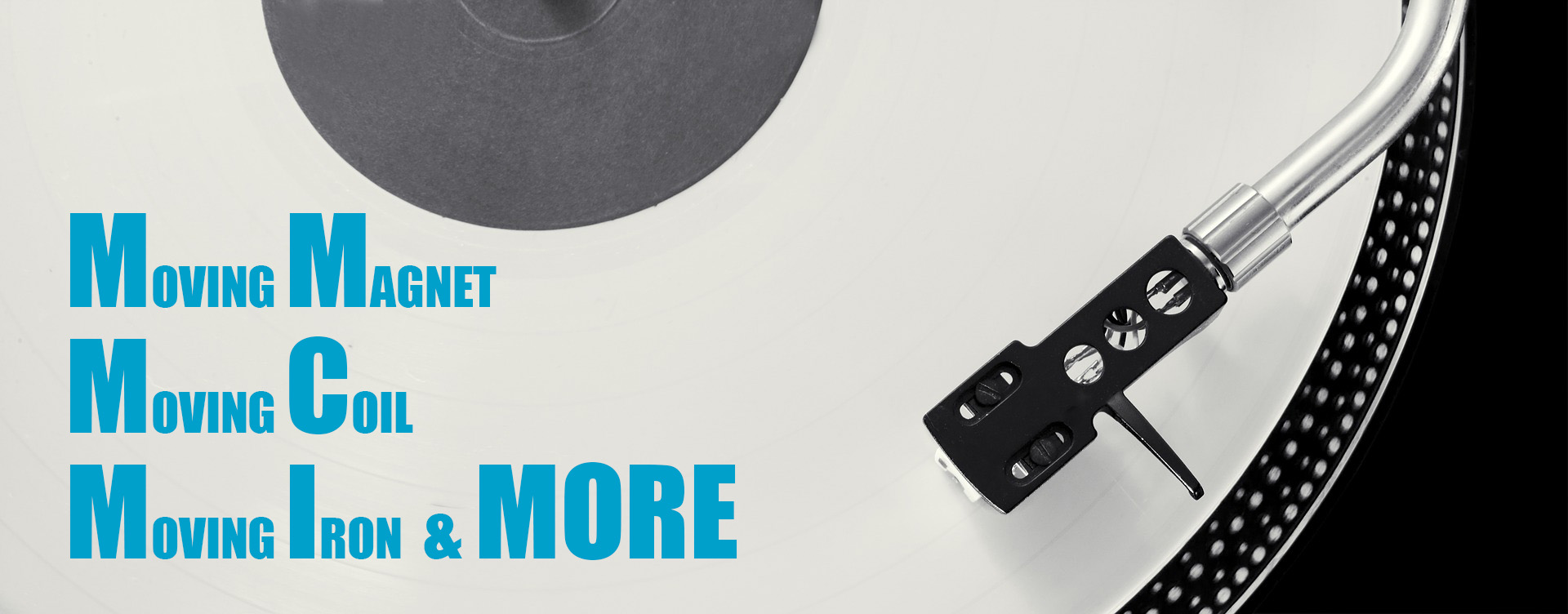

The vinyl revival has been going on for years, and it shows no signs of slowing down. More records are being pressed, bought and listened to than in a very long time and more and more newcomers and returnees are joining the vibrant vinyl fan scene.
For many, the enjoyment of analog music has probably started with a simple all-in-one solution at some point in the last few years - turntable, cartridge and, if necessary, a phono preamp. Recommended and configured as an inexpensive set by specialist retailers or ordered on the Internet with a quick click of the mouse.
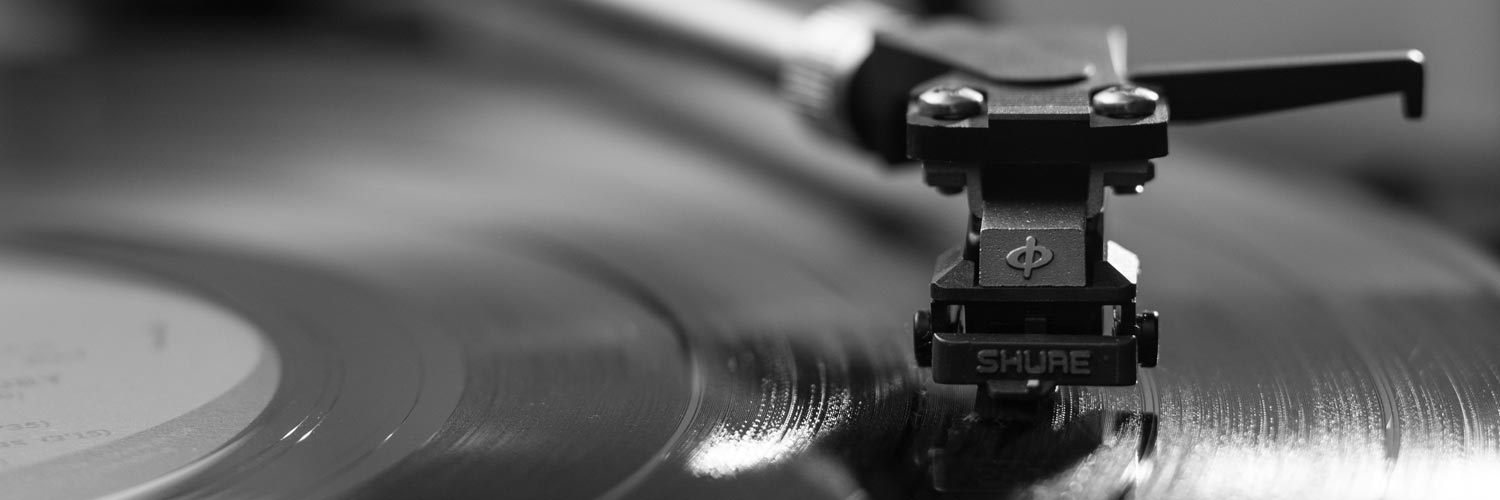
But as it is with new hobbies: The more you learn about it, the more questions arise at first. And in times of plug & play, streaming and voice control, listening to analog music also offers a comparatively large potential for time-intensive preoccupation with setup, settings and fine tuning.
For most vinyl fans, replacing their cartridge up is probably the first - and often the most important - measure to improve the sound of the original equipment. The qualitative differences between different cartridges are enormous. And that's not at all surprising - the cartridge is the first and therefore most important link in a highly sensitive playback chain.
A tiny diamond stylus runs through a hair-fine record groove and has to scan the finest of structures on both groove flanks - the acoustic information written there. These microscopic movements are transferred to the inside of the cartridge via a comparatively enormous lever (the cantilever), where they are converted into tiny electrical impulses. Depending on the technology used (more on this below), these must be amplified in at least two, often three or four stages before they come out of the speakers as music.
If you consider the complexity of this electromechanical system, it is quite astonishing that it works at all. How good even affordable entry-level systems sound is very good, indeed. What a really good cartridge can get out of a clean record on a perfectly adjusted turntable borders on magic.
Different cartridges often have very different characters, with their own tonal properties, advantages and disadvantages. Which come to fruition with on the one turntable, but not necessarily on the other. Some cartridges harmonize perfectly with certain tonearms, but less so with others. And in turn not every tonearm works equally well on every turntable ... Combining vinyl gear is a playground full of an infinite number of possible combinations.
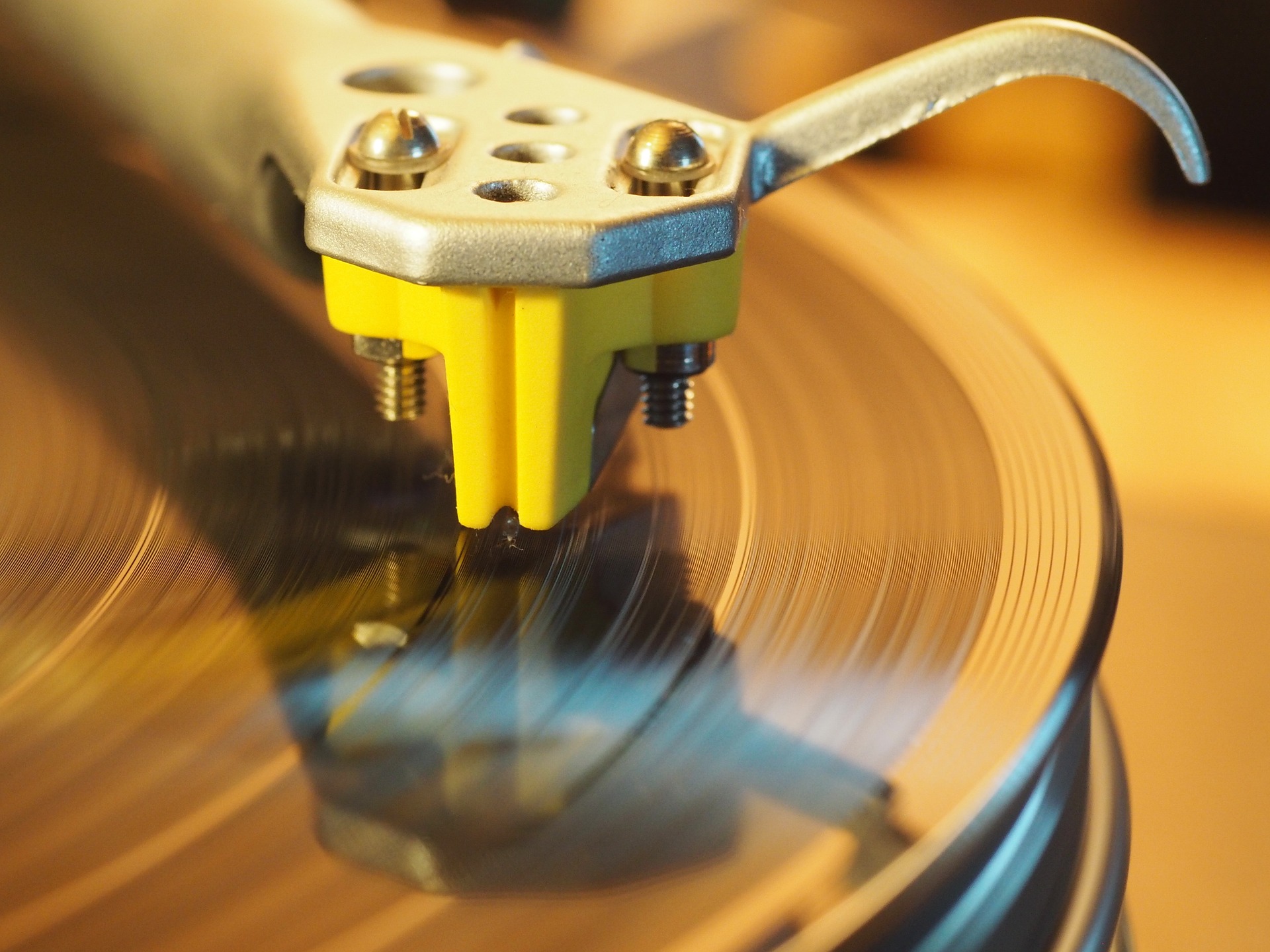
But which pickup cartridge is the right one in which situation? And what types of cartridges are there, how do they differ technically and what are their specific properties? These are questions that can push even veteran vinyl hobbyists to the limits of their explanatory knowledge. For record fans who have not dealt with it at all or little, the topic is even more difficult to overlook.
That is why we have put together a brief overview of the fundamentally different types of cartridges that are commonly available, how they differ technically and - generally speaking - also in terms of sound. However, we deliberately do not make any special recommendations. There is hardly a more individual topic in the hi-fi scene than the selection of a cartridge. In addition to the obvious criteria (price, turntable, tonearm, phono preamplifier) there are a number of other aspects and personal preferences that play a role in this decision. Which is why quite a few longtime vinyl fans build up a small collection of systems over time, which they use depending on the purpose and mood of the day.
Especially when buying a cartridge, nothing beats trying it out yourself. You can spend whole days in internet forums or ask self-appointed and real experts - in the end the decision as to whether a cartridge fits your system, your listening habits and your musical taste is entirely up to you.
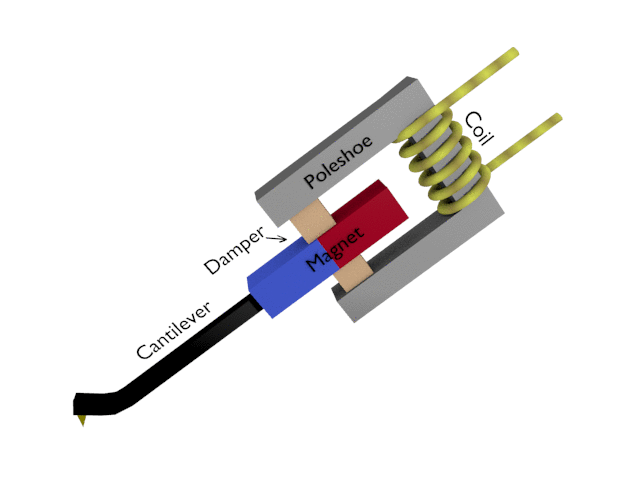
Nowadays the most common cartridge technology and especially dominant in the entry-level area. At the upper end of the cantilever in a MM system sits a magnet, which moves in the gap between two coils according to the movement of the stylus in the groove. Physically, the MM cartridge is an electromagnetic transducer: the change in flux in the magnetic circuit is linked to the inhomogeneity of the magnetic field - the larger it is, the larger the signal. The MM principle delivers comparatively high signal voltages, so that after the usual equalization preamplifier, a very simple preamplification with 47kOhm input resistance is sufficient. Up until the end of the 1990s and increasingly more often again nowadays, many integrated hi-fi amplifiers were/are equipped with a phono input suitable for MM systems.
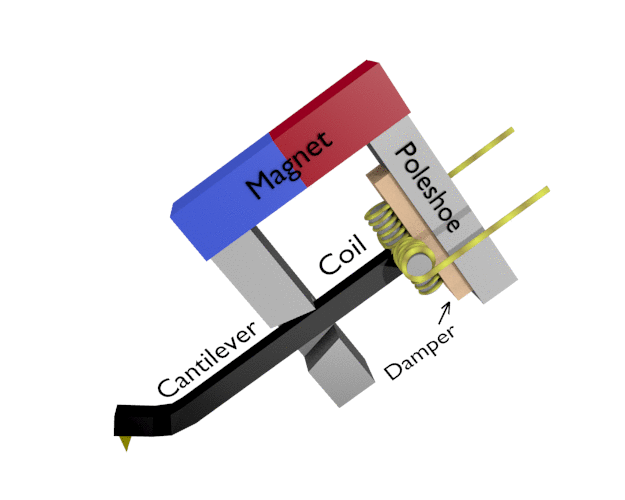
Mechanically, the MC construction is similar to an MM system, except that there is a coil at the end of the cantilever and the magnet or magnets are stationary. Thus, the moving coil is an electrodynamic converter that delivers relatively low signal voltages and therefore requires very high-quality and low-noise additional pre-amplification. Phono pre-amps suitable for MC have input impedances between 20 and 1000 ohms - often adjustable. Many common phono preamps can be switched between MC and MM operation.
Generally speaking, the advantages of the MC principle lie in the potentially lower weight of the coil attached to the cantilever. Since no heavy magnet has to be moved back and forth here, acceleration and decelaration require less force, making possible a more detailed scanning of the groove. MC cartridges are usually more expensive than MM systems and also place higher demands on the rest of the playback chain. In terms of sound, they are usually considered superior to a moving magnet system.
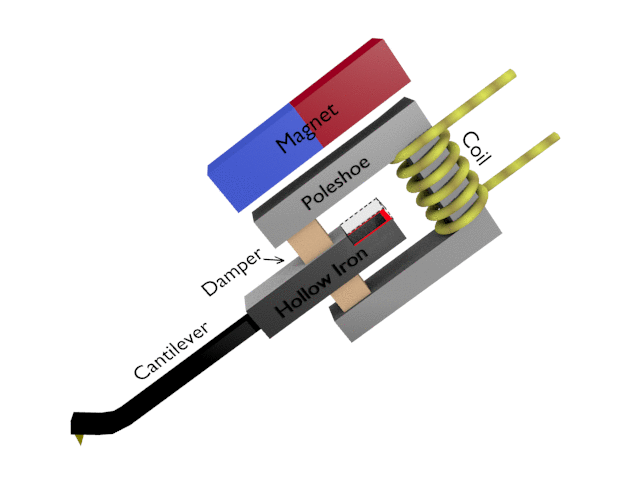
The third magnetic scanner principle is often - wrongly - overlooked. In the high-end segment, for example, Soundsmith from the USA or Goldring from England are well-known advocates of the MI principle; the traditional Japanese manufacturer Nagaoka offers its MP cartridges in the lower and middle price segment as a sonically superior alternative to MM systems. As with the MM principle, the coils are firmly mounted here. At the end of the nail carrier, however, there is no heavy magnet, but only a tiny piece of magnetic metal (either iron, English "iron" or so-called mu-metal, English "permalloy"). Depending on the cartridge, this piece of metal is considerably lighter than the coil of an MC cartridge, which can result in an even better scanning of the record groove. MI or MP cartridges are also electromagnetic converters, therefore deliver high signal voltages and can be operated at the MM input of the (pre-) amplifier.
When you are looking for you first upgrade cartridge, MI/MP is certainly worth considerung. In the entry-level area, a well-made MI or MP cartridge combines the sonic advantages of the expensive MC principle with the easy handling of an MM system at a very affordable price. In the upscale segment, MI cartridges can probe the limits of analog music reproduction and are very highly regarded by many discerning vinyl fans.
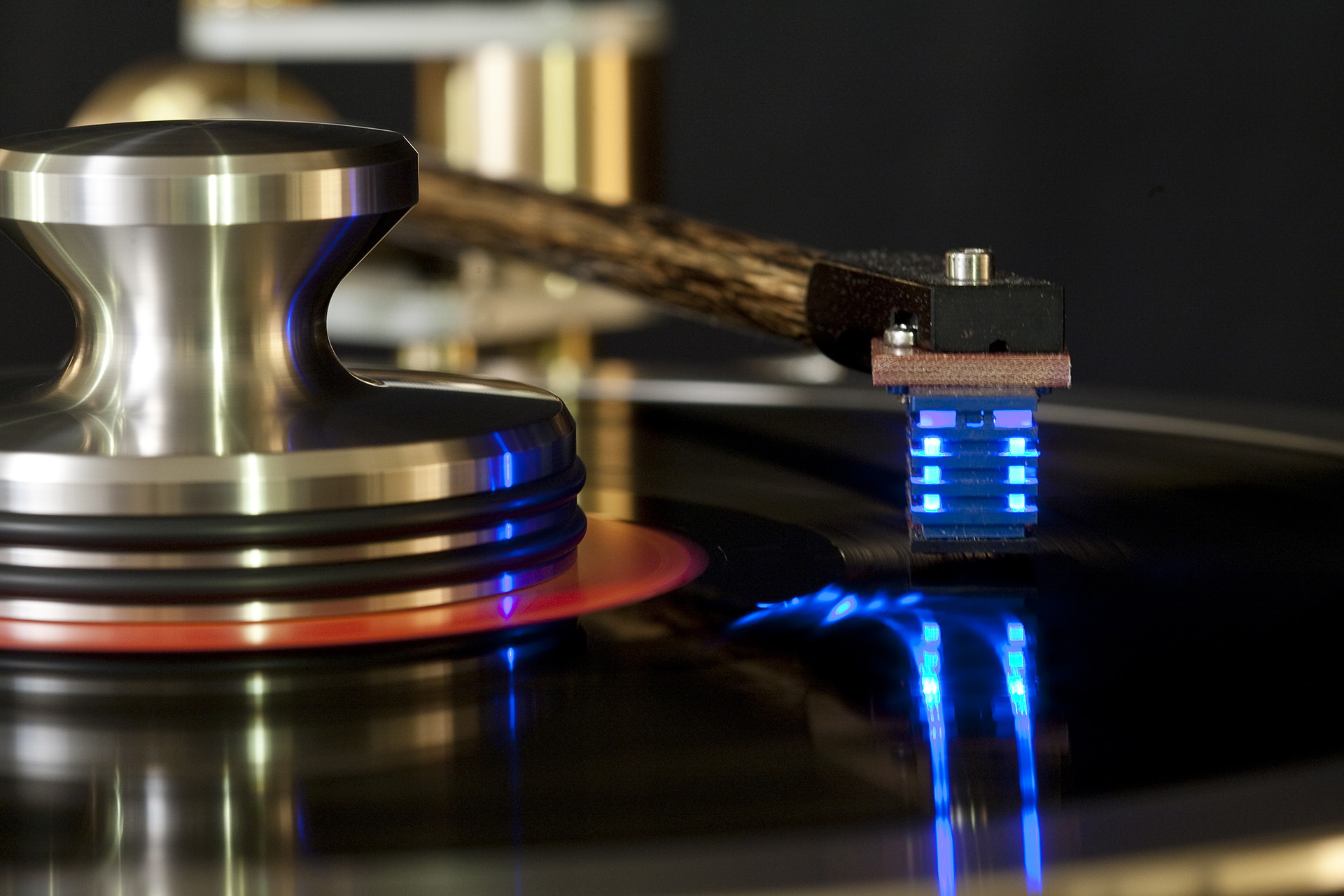
So-called ceramic cartridges were known for a long time as inexpensive initial equipment for turntables. They work with the piezoelectric principle, in which the cantilever is attached directly to a thin ceramic strip. An electrical voltage is applied to that strip, and the deflection of the needle bends the ceramic, modulating the voltage. Due to the required bending of the ceramic strips, these cartridges used to be of a very stiff design, required a very high tracking force and were therefore notorious for high record wear. In the course of time, however, the process was further developed into the strain gauge principle, in which extremely thin and light ceramic materials are used, so that moving mass and the necessary contact force could be reduced to the level of good MC systems. The sound quality of a modern strain gauge system, as a few vinyl specialists still produce it today, can be a true revelation. In terms of price, however, such systems are found at the very high-end level, because the manufacturing process is complex and they require special preamplifiers, which must be purchased together with the cartridge.
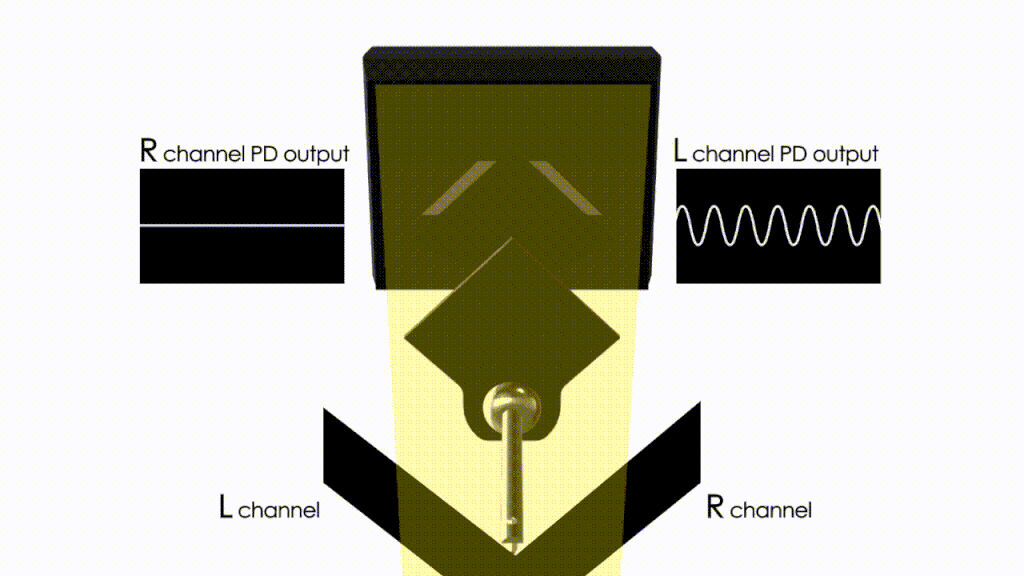
The manufacturer DS-Audio from Japan is taking yet another path. Here, too, a diamond stylus attached to a cantilever scans the groove. But these movements are detected by a beam of light and a photocell and converted into electrical impulses. The mechanical part of the system works with an extremely low moving mass and can thus capture the finest details of the groove flank. The sonic potential of the principle is enormous, but it also requires special pre-amplifier electronics and is anything but cheap.
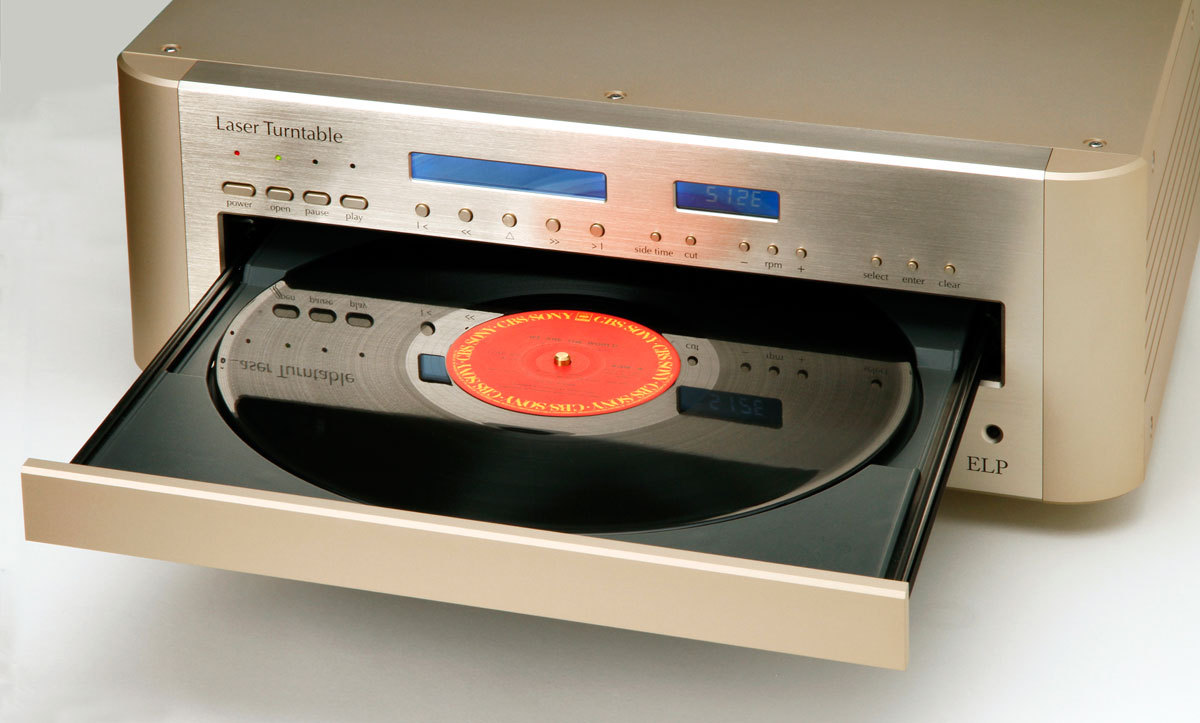
Laser record players are very exotic devices - and sinfully expensive. The idea of completely contactless scanning of the record is indeed obvious and appealing. But despite enormous investments in research, the biggest problems of the technology have never been brought fully under control - the laser beam detects dirt and dust in the groove with the same relentless precision as the musical information on the flanks. With records fresh from the factory and meticulously cleaned, the playback quality is said to be breathtaking. In real life, however, this can hardly be achieved. Nevertheless, the Japanese manufacturer ELP continues to produce laser turntables for discerning vinyl fans who spare neither expense nor effort in their quest for the best sound.
Curious? Here you will find a large selection of (almost) all types of cartridges!
